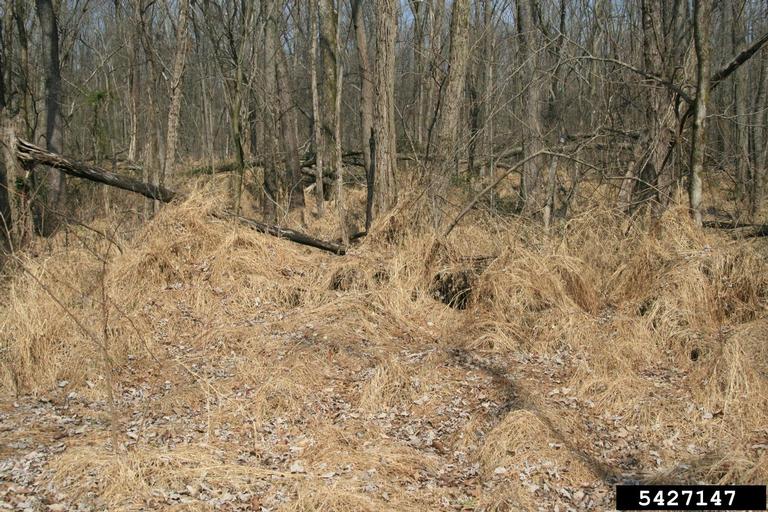Brush clearing services involve the removal of brush, shrubs, small trees, and sometimes even larger trees, undergrowth, and debris from your yard. This service is essential for land management, fire prevention, construction preparation, agricultural development, and maintaining the aesthetics of a property. The process varies based on the size and type of the land, the density of the vegetation, and the specific goals of the landowner. Here’s a generalized workflow:
1. Assessment and Planning
- Initial Consultation: We will first assess the land in question, discussing the landowner’s objectives, such as whether the land is being cleared for construction, agriculture, or fire prevention.
- Survey: We might survey the land to understand the type and amount of vegetation, identify potential challenges (like slopes or water bodies), and note any specific areas to be preserved or protected.
- Quotation: Based on the assessment, we will offer a quotation detailing the cost and timeframe for the project.
2. Clearing Process
- Manual Clearing: This involves workers using hand tools like saws, axes, and loppers to clear smaller vegetation and debris. It’s labor-intensive but offers precision, especially in areas where preserving certain trees or plants is important.
- Mechanical Clearing: For larger areas or denser vegetation, mechanical methods are employed. This can include the use of Weed Eater, Brush Cutter Blades.
- Chemical Treatment: Sometimes, especially for invasive species control, chemical herbicides might be applied either before or after physical clearing to prevent regrowth.
3. Disposal and Cleanup
- Debris Removal: The collected vegetation might be hauled away.
4. Maintenance
- In some cases, especially for land management or fire prevention, ongoing maintenance services to manage regrowth and preserve the land’s intended use may be part of the service agreement.
Selection and Cost Factors
The selection of a brush clearing services should consider the provider’s experience, methods, environmental practices, and cost. The cost can vary widely based on the land size, the density of the vegetation, the methods used, and local regulations.
